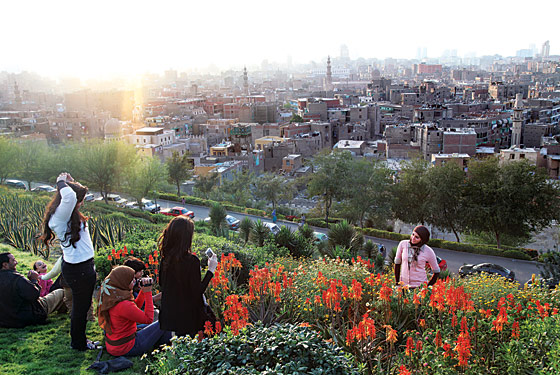
Until the January 25 uprising, Cairo was a sensory attack of overflowing sidewalks, sweet-tobacco-scented air, and Egypt’s national pastimes: hobnobbing and horn honking. During the thick of the revolution, as millions of protesters packed Tahrir Square, the rest of the city faded into a looter-dominated ghost town. But since Mubarak’s departure, Cairo has slowly begun to regain its mojo (or as much mojo as is possible with a military-mandated 2 a.m. curfew). Outside Tahrir, which continues to witness bursts of bloody violence, the Cairenes’ collective mood alternates between cautiously hopeful and disillusioned. The fruity smell of shisha smoke remains as thick as before, though. And for tourists, some of whom may actually be drawn by the action: Revolution-themed swag has already infiltrated the souvenir stands.
• The Blog Roll
• Is Cairo Safe?
• Tahrir Square
• Where to Eat in the Land of Pigeon and Rotten Fish
• Where Locals Would Stay If They Weren’t Locals
• The New Wave of Politically Charged Art
• Sinner’s Handbook
• A Leisure-Filled Itinerary
• The Elaine’s of Cairo
Reported by Graeme Wood, Sarah A. Topol, and Eric Trager.